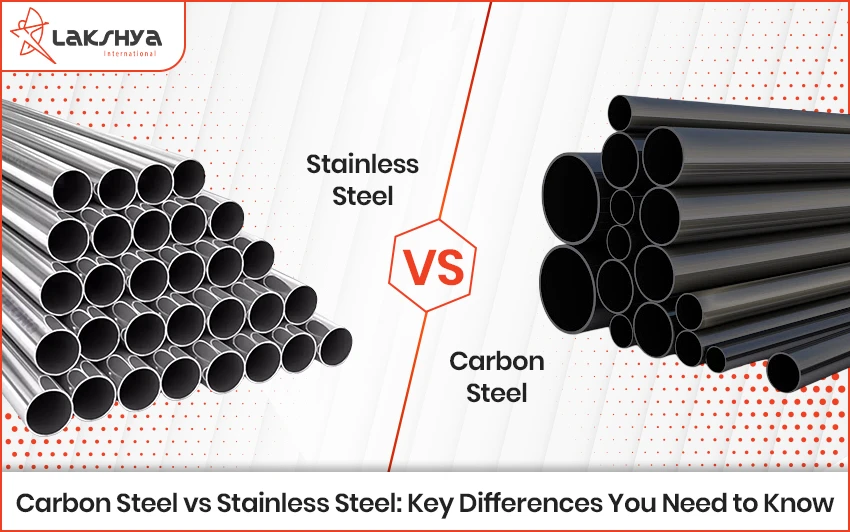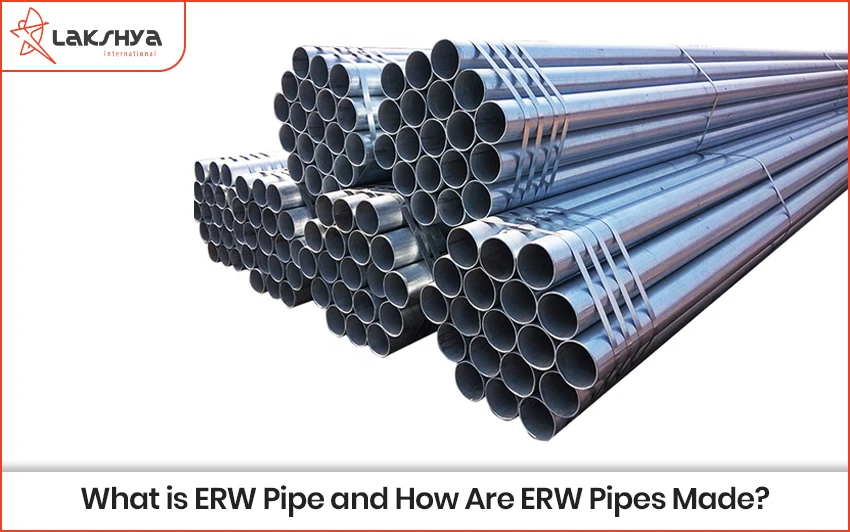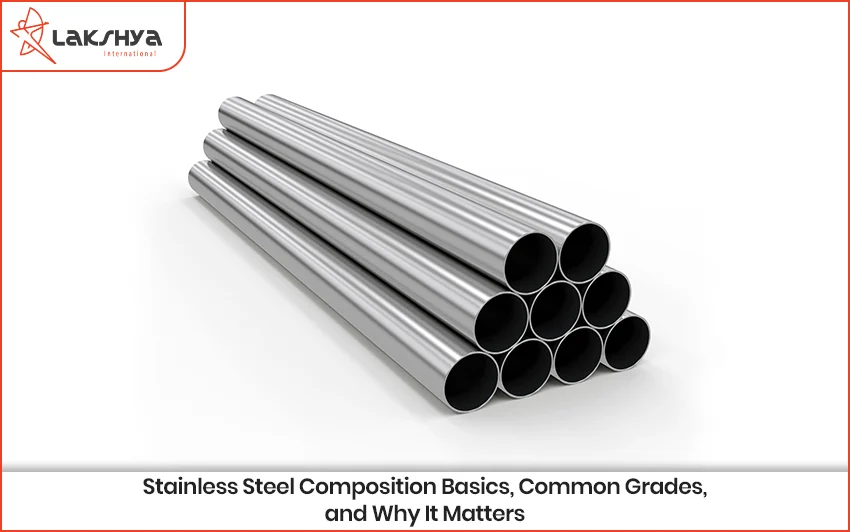What is an Alloy?
How are Alloys Made?
How do Alloys Work?
Benefits of Alloyed Materials in Manufacturing
- More Strength and Durability– Pure metal has some strength. But an alloy can be much stronger. It can handle heavier loads without breaking. The material is also tougher. It resists hits better. It is less likely to crack or break suddenly. This extra strength is why alloys are used for building frames or important parts in big machines. For these jobs in manufacturing you need materials you can trust for a long time.
- Corrosion Resistance– Rust and other corrosion are big problems for manufactured goods. They weaken materials. They make them last for less period of time. But alloys are a good option here. By adding certain elements like chromium nickel or molybdenum alloys become much better at fighting damage. Stainless steel is a good example. It stays stainless because a thin invisible shield forms on it. This shield prevents rusting. That is why stainless steel is in kitchen sinks, in medical tools and in boat parts that fight sea air and water.
- Customizable- Alloys are exciting because you can design them. You are not stuck with what one metal can do. By choosing what to add and how much you can change an alloy. You can make it perfect for a specific job or manufacturing process. Need something super strong for a plane? Or something that carries electricity well for a gadget? Or a material that can handle very high heat in an engine? Alloys let engineers create materials with these special features opening up many options for all kinds of industries and manufacturing techniques.
- Less Expensive- Sometimes making an alloy might seem costly at first for a manufacturer. But look at the bigger picture. Many alloys last much longer. They need less fixing over time. So they can save a lot of money later reducing warranty claims and improving product reputation. They just work for a longer time. You don’t spend as much fixing or replacing them. So even if it costs more to start with, alloys are often cheaper in the long run when you think about the total cost over many years for manufactured products. Better machinability or formability of some alloys can also reduce manufacturing costs.
Types of Alloys
- Steel Alloys– So what is alloy steel? Steel alloys are mostly iron. They have carbon too. Sometimes they have other elements like chromium nickel or manganese. They are very important for building things like beams, bridges and buildings. Also for tools and car parts. This is because they are strong and flexible. Stainless steel is a famous steel alloy. It is known for not rusting.
- Brass- Brass is an alloy of copper and zinc. People prefer it because it looks bright and pretty. It is also easy to shape. So it is used for decorations, plumbing parts, musical instruments and different hardware.
- Bronze- Bronze mixes copper with tin. Sometimes other things too. It is known for lasting a long time. It resists rust. It has a nice golden brown color. It is often used for statues, bearing medals and boat parts because it lasts long.
- Aluminum Alloys– Aluminum alloys have aluminum. They are mixed with elements like copper, magnesium, silicon and zinc. These alloys are preferred because they are strong but not heavy. This makes them good for airplane parts, car parts, drink cans and many other things.
- Titanium Alloys-Titanium alloys usually mix titanium with materials like aluminum and vanadium. These alloys are super strong. They are light. And they are very good at resisting rust. This makes them vital for airplane parts, military gear, medical equipment like implants and top sports gear.
- Nickel Alloys– Nickel alloys mix nickel with elements like chromium molybdenum or cobalt. They are known for handling extreme heat and tough chemicals. They are very important for jet engines, chemical plants, nuclear reactors and powerful engines.
- Magnesium Alloys- Magnesium alloys are very light but strong. They are often used in electronics, car parts and airplane structures. They are not dense. They are easy to machine. This makes them great for precise parts and light high performing uses.
- Zinc Alloys– Zinc alloys are preferred because they are easy to cast. They are strong and they keep their shape well. They are used a lot to make hardware items like door handles, locks, car parts and decorations because they do not cost too much and can be used in many ways.
- Precious Metal Alloys- Precious metal alloys usually mix gold or silver with other metals. These other metals could be copper nickel or palladium. These alloys make items that last longer. They can change the color. And they can lower the cost. This makes them good for jewelry, coins, pretty art and tooth accessories.
Properties of Alloys
- Enhanced strength where the mixed atomic structure resists deformation better than pure metals.
- Alloys also exhibit improved hardness meaning they resist scratching and wear more effectively.
- This leads to greater durability so alloy components last longer under stress.
- Increased corrosion resistance is a major benefit for many alloys. Certain added elements form protective surface layers preventing rust or chemical attack.
- Some alloys are designed for better heat resistance. They maintain their strength at high temperatures where pure metals might soften or fail.
- Others offer specific electrical conductivity or magnetic properties, vital for electronic and power applications.
- Alloys can even be lighter than pure metals while still being strong like aluminum or magnesium alloys.
- They can also have controlled thermal expansion or specific melting points. This wide range of modifiable properties makes alloys very versatile.
Why Are Alloys Useful?
Real-World Applications
Alloys in India – A Local Perspective
Are Metal Alloys Expensive?
Conclusion
Alloys are super important in our daily lives. They shape buildings we live in. They shape the technology we use. Their better features and many uses make them priceless for industries. They always push new ideas and industry growth. Alloys solve problems pure metals cannot. They help with strength lasting long rust resistance and making things just right. As industries change and need special materials, alloys will keep being a big part of new technology, good buildings and better lives for everyone.
For any requirements in any kind of alloys or related materials, contact Lakshya Steel!




